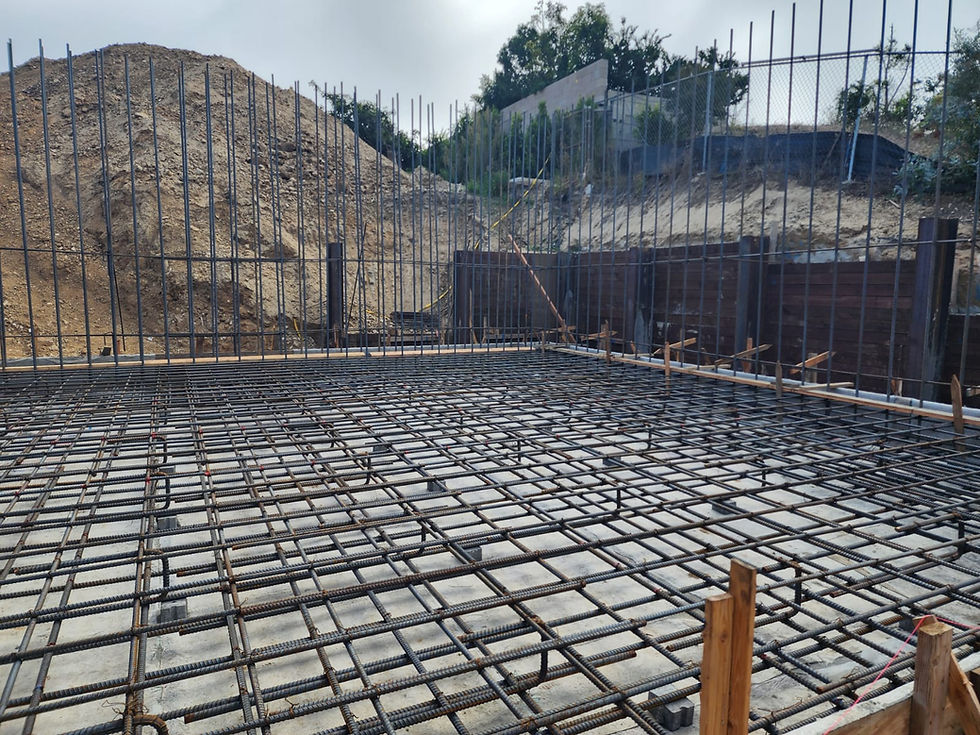Why Structural Engineering is Crucial in Disaster-Prone Areas: Building Resilient Infrastructure
- G FRANK
- Feb 27
- 2 min read

Natural disasters such as earthquakes, wildfires, and landslides are no longer rare anomalies—they’re increasingly common challenges that demand smarter, more resilient building practices. Structural engineering is at the heart of this proactive defense, ensuring that our homes, offices, and critical infrastructure can not only survive these events but also help protect lives and communities.
Understanding Disaster-Prone Areas
Disaster-prone regions face unique challenges due to their inherent risks. Whether it’s the seismic activity along the Pacific Ring of Fire or wildfire-prone landscapes in California, the environment dictates the necessity for specially designed structures. Engineers work to assess local hazards, using techniques such as seismic hazard mapping and soil microzonation to identify vulnerabilities.
Innovative Engineering Practices for Resilience
Structural engineers incorporate advanced design features that can dramatically reduce the risk of catastrophic failure during disasters. Here are some key innovations:
Base Isolation: Buildings equipped with flexible base isolators can reduce seismic forces by up to 75%, allowing structures to sway safely during earthquakes.
Fire-Resistant Materials: In wildfire areas, engineers select materials such as reinforced concrete or metal roofing to reduce ignition risks.
Retrofitting Techniques: For older buildings, retrofitting with supplemental bracing, damping systems, and improved connections can reinforce structures against disasters.
These methods are continuously evolving thanks to research and technological advances, including the integration of Building Information Modeling (BIM) and AI-driven risk analysis.
Real-World Case Studies
Earthquakes
After major earthquakes in regions like Southern California and Japan, retrofitting and new construction using base isolation have proven effective in minimizing damage and loss of life. The application of seismic design codes and innovative damping systems has set new benchmarks in building resilience.
Wildfires
Recent wildfires have underscored the need for fire-resistant design. Structures designed with defensible space, non-combustible materials, and carefully planned landscaping have withstood intense fires better than traditional homes.
Landslides
In areas where soil instability is a threat, engineers design foundations and employ retaining walls or ground reinforcement methods to prevent catastrophic collapse during landslides.
Benefits of Resilient Infrastructure
Investing in resilient design offers multiple benefits:
Enhanced Safety: Stronger buildings reduce casualties and provide safe shelters during emergencies.
Economic Savings: Minimizing damage lowers repair costs and insurance premiums over the long term.
Community Stability: Resilient infrastructure helps communities recover faster after disasters, ensuring critical services remain operational.
Environmental Impact: Sustainable design practices not only protect human lives but also reduce the overall carbon footprint by using long-lasting, energy-efficient materials.
Choosing the Right Structural Engineer
Homeowners, developers, and municipal planners should seek out engineers with experience in disaster-resilient design. Look for credentials, a proven track record in high-risk areas, and familiarity with local building codes. Engaging professionals early in the design process can significantly improve outcomes during unforeseen events.
Conclusion
As climate change and urban expansion continue to amplify natural hazards, structural engineering stands as our first line of defense. By leveraging innovative design, robust materials, and proven retrofitting strategies, engineers are making our buildings—and by extension, our communities—safer and more resilient.




Comments